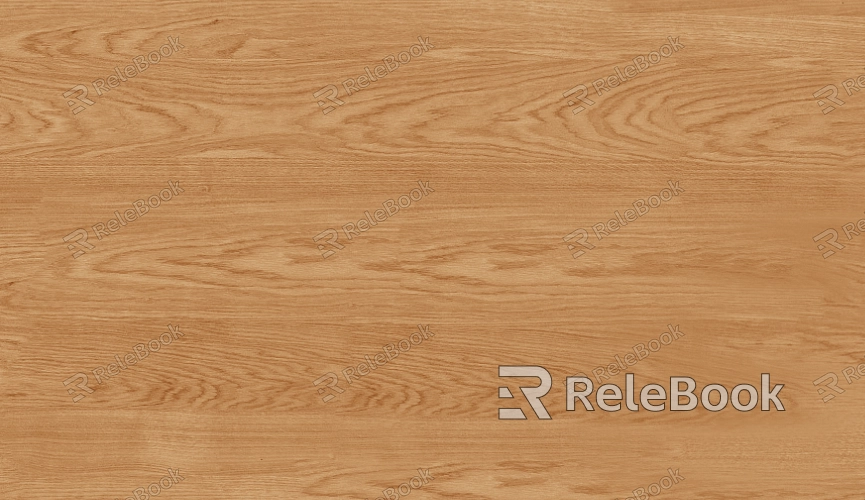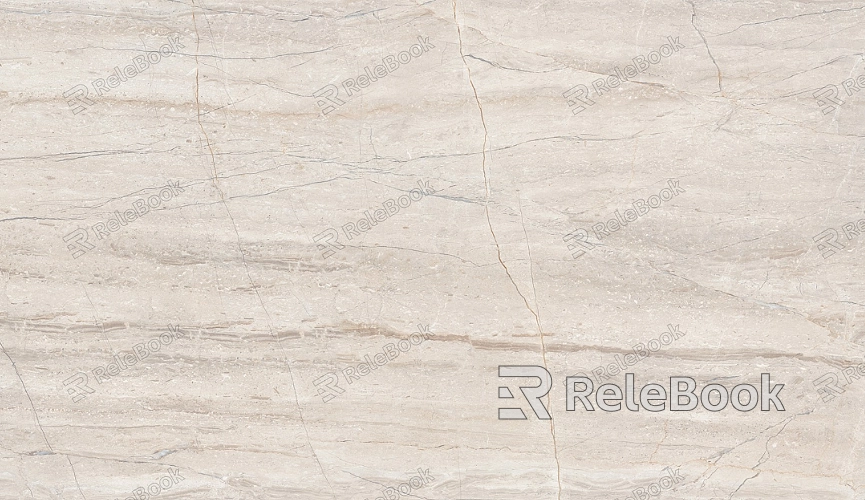How to Make 3D Image Textures for Free
Textures play a crucial role in 3D modeling and rendering, giving life to digital models and significantly enhancing their realism and visual appeal. Whether you're working in film production, game design, or animation, high-quality textures are an essential resource that every designer must consider. However, many designers face challenges when trying to acquire quality textures, often due to budget constraints or a lack of accessible materials. This article will explore several ways to create 3D image textures for free, helping designers leverage existing tools and resources to produce textures that meet project requirements.

1. Understanding the Basics of Textures and Their Importance
Before diving into how to make textures for free, it's important to first understand the role of textures in 3D rendering.
Function of Textures: Textures are image files that simulate the details of a surface, giving 3D models a realistic appearance. Whether it's the grain of wood, the glossiness of metal, or the intricate details of a natural landscape, textures greatly enhance a model's realism and visual appeal.
Common Types of Textures: In 3D rendering, common types of textures include base material textures (such as wood grain, metal, glass), environment textures (like HDRI images), lightmaps, normal maps, and transparency textures. Each type serves a specific function and is used in various contexts.
Application in 3D Software: Textures are widely used in 3D modeling software like Blender, 3ds Max, and Maya to apply different material effects to the surfaces of models. For users of After Effects, the Element 3D plugin allows for the creation of 3D effects directly within a 2D platform, where the choice of textures directly impacts the final render.
2. Creating Textures Using Free Image Editing Software
Designers can create custom textures according to their project needs using free image editing software.
GIMP: GIMP is a powerful, free image editing tool that offers a variety of features to help users create textures. Designers can use GIMP to make textures such as wood or stone, and even combine complex texture effects using layers and filters. With GIMP, users can freely adjust colors, brightness, contrast, and other image properties to refine their textures.
Krita: Krita is another free, open-source image editing tool specifically designed for illustrations and texture painting. It comes with a wide range of brushes and texture generation tools, enabling designers to draw custom textures or use the built-in presets to create basic 3D surface effects.
3. Using Free Texture Generators
In addition to image editing software, there are several free texture generators that can help designers quickly create the textures they need.
Substance by Adobe: While Substance Designer is a paid tool, it provides free texture libraries for users. Designers can use these libraries to build custom materials and apply them to 3D models. With Substance, it's possible to generate complex textures with full control over details, glossiness, and bump effects.
Quixel Mixer: Quixel Mixer is a free texture creation tool that allows designers to mix different textures to create new, unique ones. It’s especially useful for quickly generating natural-looking textures like wood, stone, or soil, making it an excellent choice for environmental renders.
Materialize: Materialize is a free texture generator that helps convert a single image into a full texture map that can be applied to 3D models. It supports the creation of normal maps, smoothness maps, roughness maps, and more, enabling designers to generate multiple types of texture effects from one image.

4. Using Public Resources and Shared Platforms
The internet offers a wealth of free resources, where designers can download or use textures shared by others through public resource libraries and shared platforms.
Textures.com: This website offers a vast collection of free textures that designers can download based on their project needs. Textures.com provides a variety of textures including wood, metal, stone, and fabric, all of which can be freely used in projects.
Relebook: Relebook is a platform that offers high-quality HDRI images and 3D material resources. Designers can download free high-definition textures to enhance the rendering quality of their projects.
5. Modifying and Optimizing Existing Textures
If designers already have basic textures, they can modify and optimize them to suit their specific project requirements.
Adjusting Texture Details: By using Photoshop or GIMP, designers can fine-tune the color, noise, and other details of existing textures to match the needs of the project. This allows for further customization and refinement of textures.
Texture Stitching and Compositing: Designers can create new textures by stitching, blending, or combining different texture materials. This approach not only saves time but also results in unique and personalized texture effects.
6. Participating in Designer Communities and Forums
Design communities and forums are great places to find free textures and gain insights from other designers who share their resources and ideas.
Blender Artists: As a community for users of the open-source Blender 3D software, Blender Artists offers free tutorials, technical support, and many texture packs shared by other designers, available for free download and use.
CGTalk and Reddit: These forums often feature designers sharing free textures, along with tips, tutorials, and discussions on texture creation. By engaging with these communities, designers can not only find free textures but also collaborate with others and gain inspiration.
By using these methods, designers can take advantage of free resources, open-source tools, and custom creations to produce high-quality 3D image textures without relying on expensive commercial libraries. Whether you're just starting out or are an experienced designer, exploring these options can save both time and money while enhancing your creative workflow. If you're looking for even more free or high-quality texture resources, Relebook is a great place to explore, offering a wide range of textures to meet various project needs.

